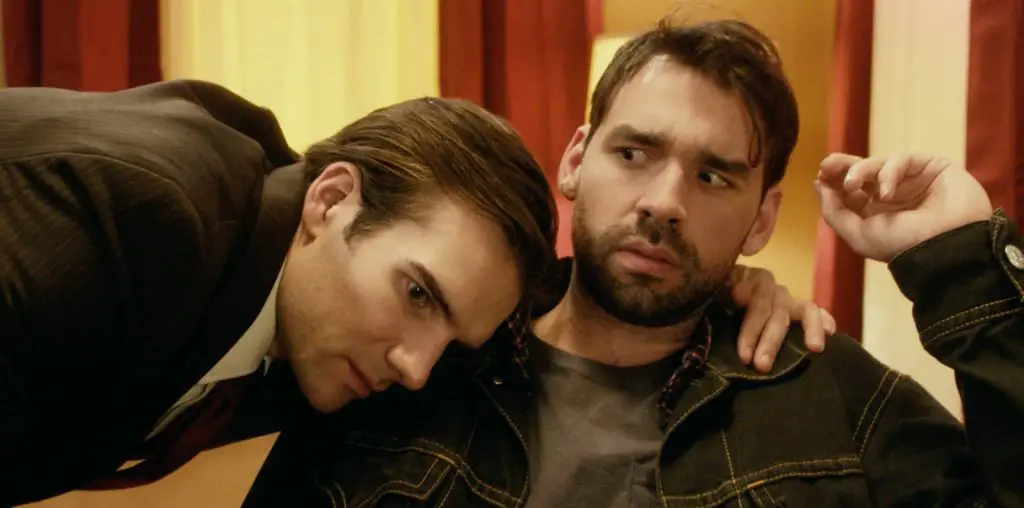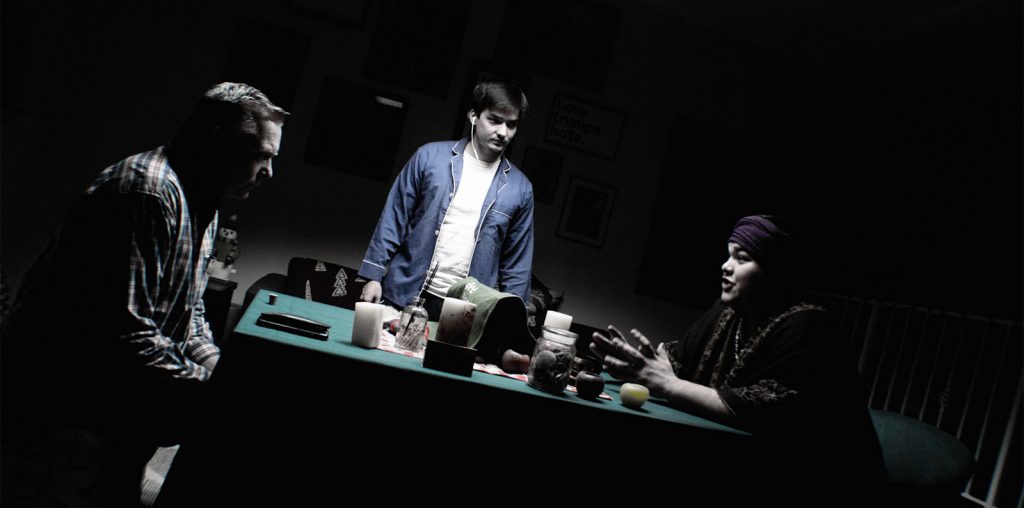
Now when the coronavirus has been with us for over a year, people are trying to find more and more ways to entertain themselves. Someone reads, someone improves their culinary skills, someone goes to 20Bet live to play live gambling and betting. And someone is waiting with impatience for a new series, one of which we will tell you about. The hero played by Omar Sy, slips into the clothes of the gentleman burglar in a Netflix series.
Give a book to a child and his life will be changed. When the book in question features – and in majesty – a burglar of charm and mischief, why should we be surprised that the young spirit who devours its adventures doesn’t feel the urge to follow in the footsteps of his new hero?
Assane Diop, son of a master driver (a frank scoundrel that the latter), grew up in the shadow of the gentleman burglar imagined by Maurice Leblanc. So much so that, now an adult, he takes on the personality of Arsène Lupin to avenge his father’s death. The latter, accused of stealing a prestigious necklace, committed suicide in his cell.
Chameleon-like his model, warping stratagems as complex as equations with six unknowns – that only he knows – Assane/Arsène assaults with phlegm, courage, and ingenuity. And, like all lone wolves, of a rather frightening individualism and a vigilante ideology whose morals leave something to be desired.
It Is Filmed With Liveliness on an Invigorating Soundtrack

Shot in the Paris of today, filmed with liveliness on a tonic soundtrack but not too invasive, this Franco–American series created by the British George Kay (Criminal) benefits from the know–how of director Louis Leterrier’s blockbusters.
Some particularly virtuoso scenes are thus jubilant, such as the dizzying multiplication of bicycle delivery men crisscrossing the Luxembourg Gardens to hide Assane’s escape from the eyes of astonished police officers.
Omar Sy lends the protagonist his wrestler’s silhouette: how far from the look and feel of daddy’s cinema, of the tasty Robert Lamoureux on the big screen, or of the dandy Georges Descrières for television! So much so that viewers sometimes wonder whether the actor is playing poorly or whether, precisely, this neutrality adds to the mystery of a character with such multiple identities that it becomes almost evanescent.
It a Fiction That Hits the Bull’s Eye as Soon as It Doesn’t Take Itself Too Seriously

Divided into ten episodes, the plot begins with the glamorous auction of the Queen’s famous necklace, which was at the heart of a murky sentimental and political affair during the reign of Louis XVI. With the first chapter of the film, the story is skillfully and unabashedly flashbacked, revealing, touch after touch, crucial information to uncover the hero’s motivations.
The refined use of different temporalities is one of the major assets of this fiction, which hits the bull’s eye as soon as it doesn’t take itself too seriously and plays the card of pure entertainment. But when the clouds pile up on our modern Lupin and the wounds of childhood invade his mind and the screen, the rhythm is felt and the demonstration becomes a little heavy.
Of course, it may be lazy to expect only humor and brilliance from Arsène Lupin, and how can one not subscribe to the quest for depth and psychological sensitivity? To achieve such a goal, the series lacks a certain finesse and its lead actor lacks the spark that makes the difference.
Film Adaptations

There are many films, in Europe and Japan, in which Lupin steals the jewels and delights the hearts. Among the pioneers, The Worldly Thief with Max Linder (1909), Arsene Lupin vs. Sherlock Holmes (1910), or The Tiger’s Teeth with David Powell (1919). A few years later, the great John Barrymore plays Arsène Lupin (1932), a role also taken up by the insolent Jules Berry in Arsène Lupin detective (1937). There followed no less than three adventures from the Japanese studios from 1950 to 1955 before in France Robert Lamoureux brought his elegant manners to the character in Les Arsène Lupin’s Adventures (1956) and Signé Arsène Lupin (1959). Tasty, Arsène Lupin contre Arsène Lupin pits Jean–Pierre Cassel against Jean–Claude Brialy (1962), long before Romain Duris rubs it in turn in Arsène Lupin (2004).


